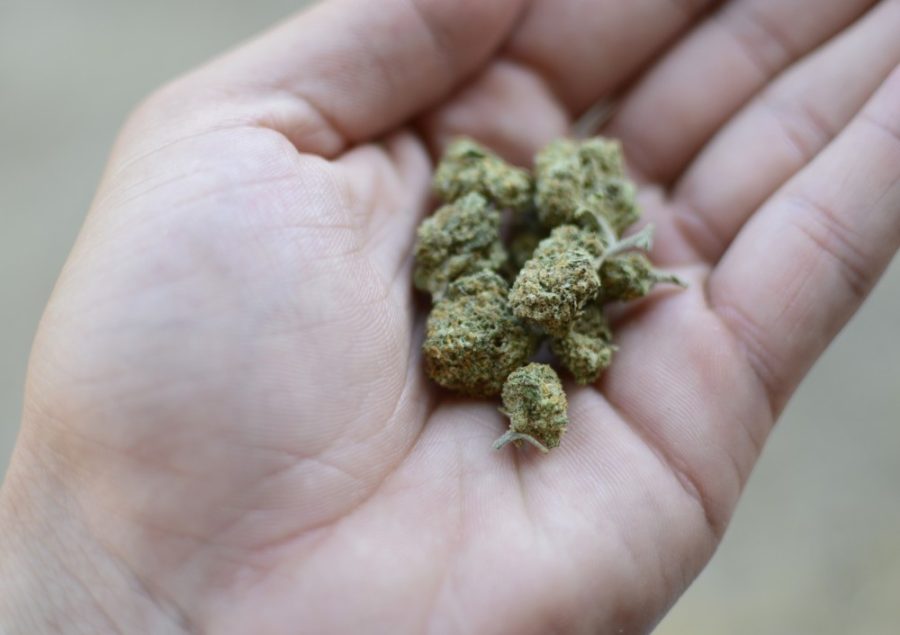Marijuana, cannabis, hemp — all are synonyms for the more common term “weed.” The common misconception surrounding the dried flowers of Cannabis sativa? That their sole use and purpose is to make you high. This myth is slowly being debunked by Todd Vanderah, head of the Department of Pharmacology in the College of Medicine-Tucson.
Vanderah focuses on research that draws connections between non-psychotropic cannabinoids, the chemical compounds present in the flower of the plant, and chronic pain that can directly be correlated to bone cancer.
The chemical structures in Cannabis sativa can be classified into two categories, non-psychotropic and psychotropic substances, Vanderah said. Psychotropic structures, such as the THC found in cannabis, affect one’s mental state. Non-psychotropic structures do not have any effect on mental acuity.
RELATED: Seasonal hurricane predications on point
Vanderah began his research by testing the compounds on cancer models in mice, and said his results showed the cannabinoids slowed proliferation of cancer cells — a discovery somewhat separate from their effect on pain.
As cancer cells begin to spread to the different regions of the body, particularly bone, they become aggressive and begin to chew away at the bone. Vanderah said that although these bone metastases may not sound too painful, that action, when repeated, causes deep-rooted discomfort.
According to Vanderah, with the use of cannabinoids, bone loss and pain are both significantly reduced.
Vanderah said that this research is even more relevant, since in August President Trump announced that the U.S. opioid crisis was a national emergency.
Opioids, which are drugs such as oxycodone, are prescribed for pain. They’re effective due to the morphine-like effects that common opioids provide. Vanderah said the problem surrounding opioids is that it’s easy to abuse the substance, resulting in extensive addiction problems.
“Although opioids may solve the problem for the time being, there are an immense amount of side effects,” said Vanderah. “They also do not slow down bone loss.”
RELATED: Past, present and future: A new era at Tumamoc Hill
Vanderah said the effect opioids have on the nervous system, with consistent use, is detrimental to the body in many ways.
His research allows for the medical world to understand that there may be other options for reducing chronic pain that do not act on the nervous system. Vanderah said that by delving deeper into understanding the different capabilities of the plants that surround us, he disproves the idea that certain drugs can only be used to get high.
“The most important thing to take away from my research is that one plant of cannabis has over 400 chemical structures, and some can be used as actual medication,” Vanderah said.
Follow The Daily Wildcat on Twitter















